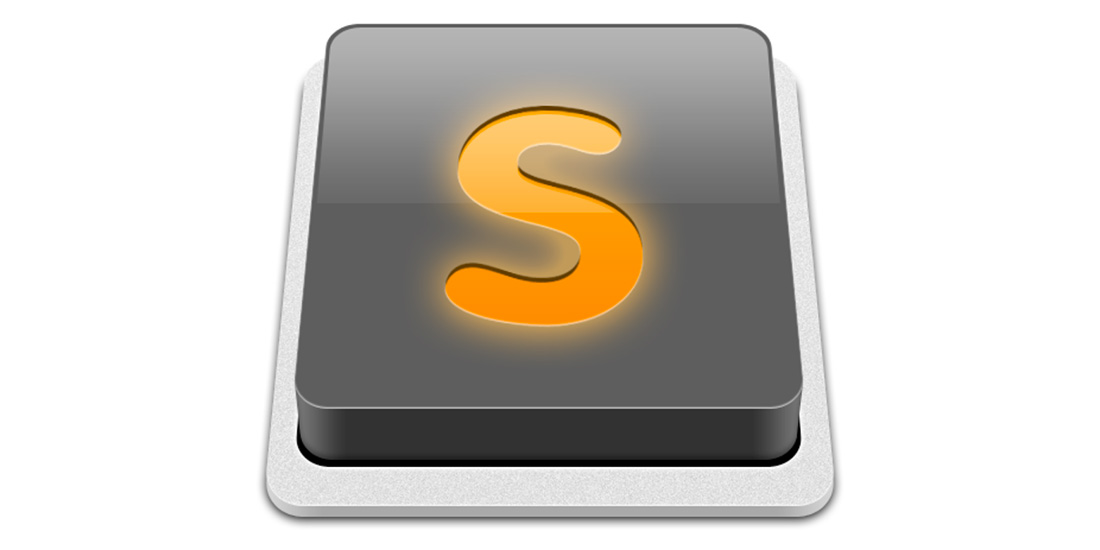

In a JavaScript or Ruby file it will list every method of an object. In a Markdown file, for instance, it will list every header. The definition of what a symbol is depends on the file-type. Ex: But just typing will give you a nice file outline. If you preface what you’re typing with a it will look for “symbols” in the current file. Once you’ve opened the dialog try typing a filename. So you want to fly around your project like a ninja on methamphetamines, eh? Then the shortcut you want is cmd+p. It’s also useful if you know the name of a command but can’t remember what section of the menu it lives under.
#SUBLIME TEXT SHORTCUTS FULL#
It is super useful for all those things you don’t run often enough to turn into full blown keyboard shortcuts. cmd+shift+p will open up the window and from here you can execute just about any command either native to Sublime or part of a plugin. It’s time for you to meet the Command Palette then. Maybe you’ve even installed some plugins. OK, so hopefully you’ve setup Sublime Package Control.
#SUBLIME TEXT SHORTCUTS HOW TO#
This article details how to go about it on OSX. I highly recommend setting up a symlink so you can easily open things with Sublime.
#SUBLIME TEXT SHORTCUTS INSTALL#
Just install it if you haven’t already, it’s impossible to live without. It also helps with discovering new ones, which is nice. Package Control makes it extremely easy to manage your Sublime plugins. If you only follow one piece of my advice make it this: Install Sublime Package Control. Just remember to turn logging off when you’re done :) Sublime Package Control Now when you execute your command from the menu you should see its name show up in the console. Pro Tip: If you ever want to change a keyboard shortcut but can’t figure out what command is currently running open up Sublime’s built in terminal with Just remember, if you want to change a keyboard shortcut you should do it in the User’s key bindings and not the Default key bindings. I still only understand a fraction of what all it does but the little bits I learn here and there give me all sorts of ideas for new shortcuts. Take some time to look around in this file. That is, until you realize that by doing it this way Sublime has actually given you the power to make extremely awesome key bindings. Like a lot of things in Sublime, this can at first seem annoying and non-intuitive. Instead you use the preference file to override the default shortcuts. Sublime Text is very DIY so there isn’t a fancy GUI to help you change keyboard shortcuts. They’re located under Sublime Text 2 > Preferences > Key Bindings - User One of the first things you want to do with Sublime is to find your User key bindings. I’ll try to explain the bits that seem esoteric because there are a lot of cool commands which only work in certain contexts. I figured I should start writing them down for anyone who might be interested.

I’ve been using Sublime Text 2 for probably six months and in that time I’ve discovered tons of useful tricks.


But not everyone has upgraded to ST3, so here’s some tips and shortcuts for them. You must be thinking, why I am writing a article on Sublime Text 2, now when they have already launched Sublime Text 3.


 0 kommentar(er)
0 kommentar(er)
